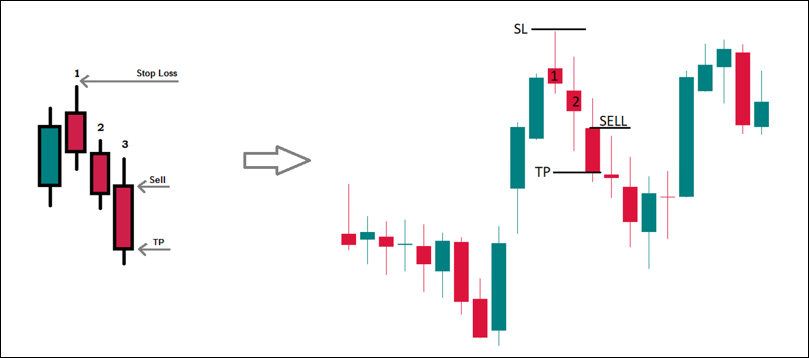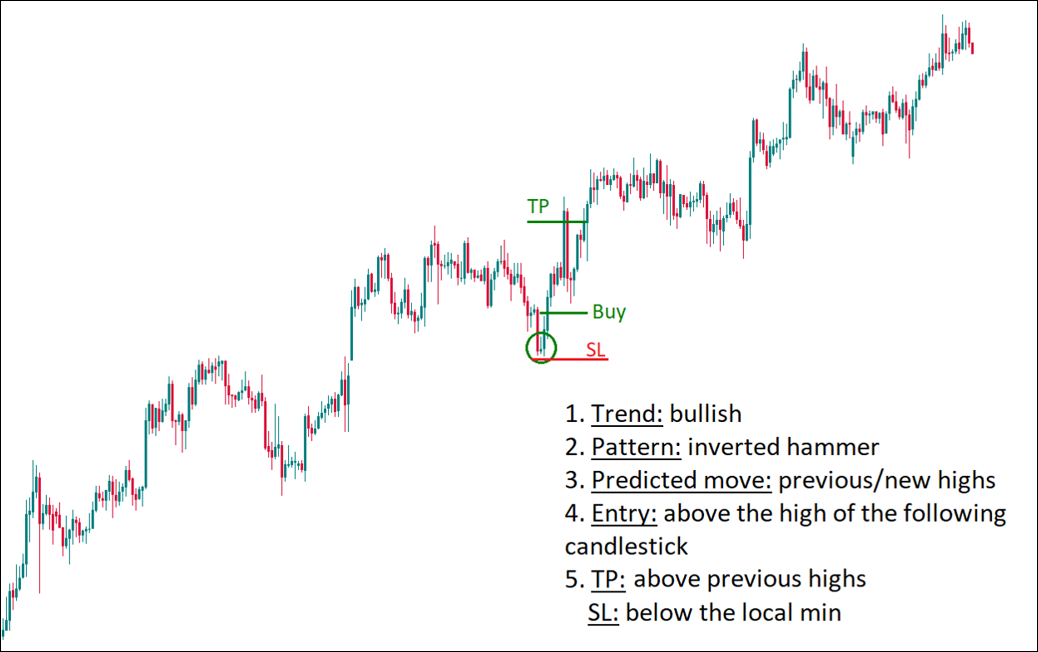Products You May Like
How to plan your trades using Japanese candlesticks
Japanese candlesticks and their patterns can be
a valuable source of information for Forex traders. We examined their structure
and patterns in the previous
articles. This time, we’ll focus on applying the theory to practice
and see how one can use the logic of candlesticks for opening trade positions.
Have a plan
Every strategy needs a set of rules and should
consist of consecutive steps. When you are using candlesticks to enhance you
trend trading efficiency, your plan can look like this:
-
Define trend: find the path of the
least resistance for the price. -
The setup: find a candlestick
pattern (in particular, look for the local reversal patterns near support/resistance
areas or continuation patters of the main trend). -
The predicted move: define the projected target of a pattern (look at the previous highs in an
uptrend and the previous lows in a downtrend). - Entry: determine the levelwhere you will enter a position.
- Exit: find a place for Take Profit and Stop Loss.
At
the picture below, you will find the example of such trade. You can see that
it’s rather austere in terms of tools: there’s only an uptrend (defined by the
presence of higher lows and higher highs) and a candlestick pattern.
This is a workable
price action base which, if necessary, may be accompanied by other instruments.
The key idea is to stay disciplined and to follow the framework you’ve chosen.
We can’t help mentioning that an understanding of fundamentals may nicely
strengthen this approach. Simple and elegant.
There
are trading strategies based on specific combinations of candlesticks. For
example, the so-called “Third candlestick” strategy. The high and low of the
first candlestick should be above that of the previous candle.
The second
candlestick should be bearish. A sell trade is opened at the start of the third
candlestick (a confirmation from Stochastic oscillator is welcome). Take Profit
is usually located at the close of the third candlestick and the Stop Loss can
be above the high of the candlestick 1.

There
are tools that can make recognizing candlestick patterns easier – various
custom indicators for MetaTrader that mark the patterns on your charts. You can
find these indicators in the Internet and experiment. Of course, no indicator
is perfect.
Usually the machines
identify patterns according to some formal signs like relative size of
candlesticks’ bodies and shadows. After you see a hint from such indicator, you
will need to make a judgment on the quality of a pattern. For example, a bullish
engulfing pattern is strong if it formed after a sizeable decline of the price.
Go beyond price action
What
if we combine Japanese candlesticks with some technical indicators? Man doesn’t
live by candlesticks alone. In the all-time market classics “Japanese
candlesticks charting techniques”, Steve Nison spends a great deal of time and
paper explaining how to use candlesticks in combination with other techniques
of technical analysis. Let’s make a small overview of this idea.
If candlesticks with
long upper shadows form at resistance lines or levels, it means that the break up
was unstained and the price is about to reserve back down. Moving averages with
big periods (200, 100 and 50) can act as the borders of trends as well.

You can also use moving averages for a simple
strategy like at the picture below:

Remember your friend
Trading
is a game of probability, and you have to go with the highest one. This leads
to the benefits of trend trading as the safest way to make money. In bullish
trend, look for bullish candlestick patterns for the opportunity to buy.
If you see a bearish
candlestick pattern, you may be inclined to ignore it or at least to look for a
better conformation before implementing a sell signal. Understanding the market
helps you use the most appropriate candlestick patterns and make the best
trading decisions.
Seek confirmation of reversals
Let’s
have a look at another type of technical indicators – oscillators, for example,
RSI. Trading on the basis of this indicator alone (i.e. buying it falls to 30
or selling when it rises to 70) is dangerous.
However, when you use
this RSI signal together with a signal from a candlestick pattern, it can
produce decent results. You can also take the divergences between RSI and the
price chart into account.

Conclusion
Candlesticks are a source of power. Make sure
you know reversal and continuation patterns and then incorporate this knowledge
to your own trading strategy. Good luck and may the Force be with you!
– This article was submitted by FBS
